Despite not being talked about a lot, black slave owners were quite common in the South.
In fact, a huge percentage of the black slave owners in the U.S. were Mulattoes who in most cases were children of the slave masters.
They separated themselves from the other blacks while establishing a unique caste system based on their free status, wealth, and color. And to establish themselves as free men, they purchased slaves.
The black slave owners owned over 10,000 slaves alone in South Carolina, North Carolina, Virginia, Maryland, and Louisiana.
According to the census of 1790, 35.2% of the mulattoes in Charleston City owned slaves.
And by 1800, 1 in every 3 Mulattoes family owned slaves in Charleston City, but by 1850, the percentage had reduced to 42.3%.
Slave ownership was quite popular among the black plantation owners with the following wealthy blacks owning the highest number of slaves at some point in South and North Carolina:
1. John Carruthers Stanly
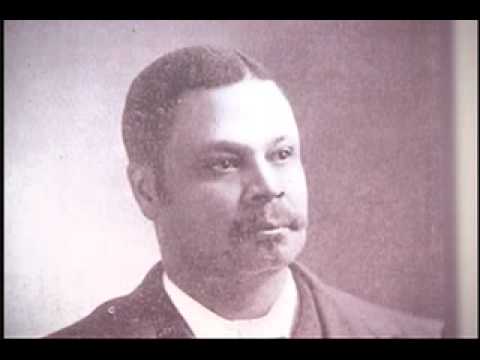
Stanly John was one of the richest free black men in the U.S. and the biggest slave owner in North Carolina.
He was the half-brother of John Stanly, a U.S. congressman, and the illegitimate son of John Wright Stanly.
Stanly was born a slave, but he used his family ties and intelligence to become a top developer, entrepreneur, and plantation owner.
Stanly owned twice as many slaves as the 2nd black slave owners in the South.
2. William Ellison Jr.
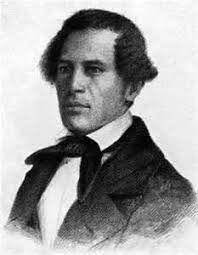
Ellison is a former slave who made a name for himself as a blacksmith and cotton gin maker in South Carolina.
He achieved success as one of the biggest slave owners before the U.S. Civil War.
Ellison Jr. had 63 slaves and over 360 hectares of land. William and his sons were the black slave owners in Sumner County, S.C. between 1830 and 1865.
3. Richard Holloway Sr.
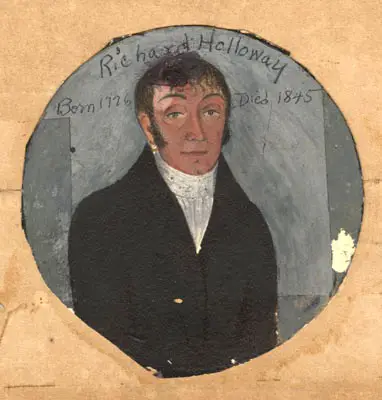
Holloway Sr. was one of the wealthiest colored slave owners in the 1790s and a black slave owner in South Carolina.
He bought Charles Benford and gave him his freedom, but he was known for mistreating other slaves.
Richard purchased a lady known as Sarah and her kids in 1834 for $575 and then sold them after 3 years for $945 after they had displeased him.
Even though he allowed some slaves to enjoy some form of freedom in his home, he still profited from the slave trade. Richard considered them an investment and made sure he made a profit from them.
4. Richard Edward Dereef

Richard was a former slave belonging to a rich mixed family in South Carolina.
Despite his family being wealthy, Dereef was also discriminated against due to his race. But thanks to his Native American descent, he didn’t have to pay the Free Man’s Tax.
Dereef managed to gain his freedom and become a politician, and lumber trader and even owned 40 slaves.
Richard and his cousins convinced the court in 1823 that they were the descendants of the Native Americans and were exempted from paying the tax.
5. Antoine Dubuclet Jr.
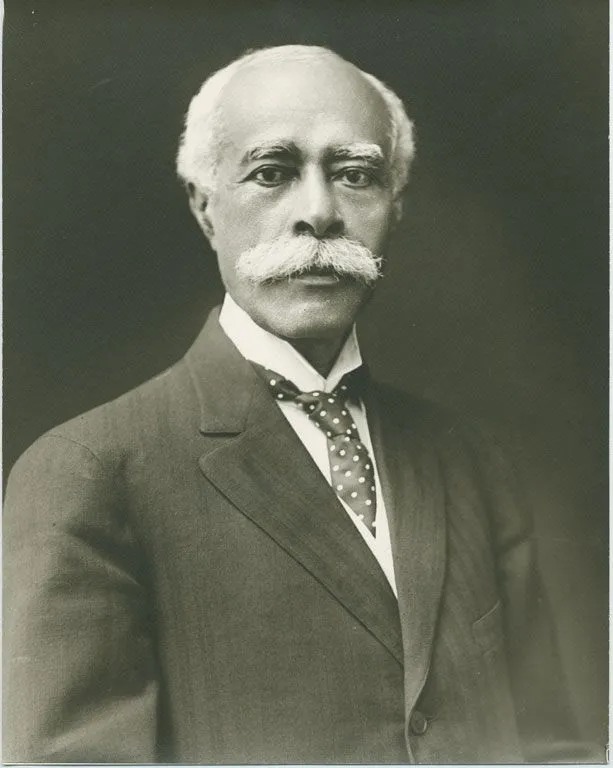
Dubucet Jr. was the son of two free African Americans who owned Cedar Grove, a sugar plantation in Louisiana. He even became the first black person to become a treasurer in Louisiana.
After his father died, his mother relocated to New Orleans leaving Dubucet Jr. to manage the plantation which had 70 slaves. The farm was later divided between him and his siblings in 1834.
6. Ana Gallum

Another popular black slave owner in the Southern American states is Ana Gallum who was a Senegalese lady.
Ana was kidnapped and brought to the U.S. as a bondsperson. She was freed by her enslaver who she had given 6 kids.
After her enslaver died, she inherited his properties, which included a plantation and even purchased several slaves to help manage her farm.
7. Marie Theresa Metoyer
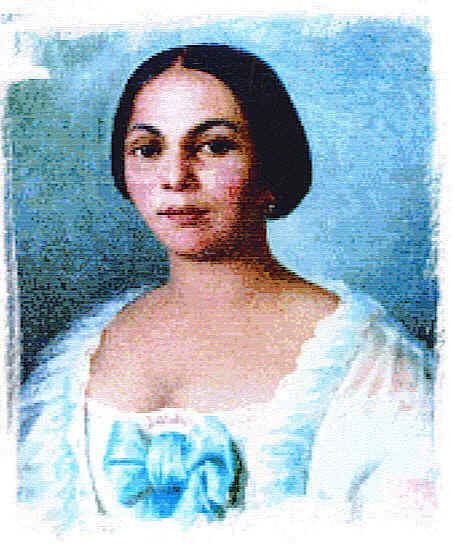
Born into slavery as Coincoin, Marie was a slave owner, businesswoman, and planter in Louisiana.
Thomas Pierre Metoyer purchased her freedom in 1778 and together they had 10 mixed-race kids.
Like the other freed slaves, she purchased slaves and protected them from other slave owners.
8. Robert Michael Collins and Margaret Mitchell Harris
Margaret and Robert owned many slaves that they used to till their Santee Plantation in South Carolina.
The two used slave workers to produce over 240,000 pounds of rice in 1849.
9. Madame Ciprien Ricard and Her Son Pierre Ricard
These free mulattoes owned over 168 slaves in Ibeville Parish, Louisiana. In 1859, the two used their slaves to produce over 500 hogsheads of sugar.
Also Check: The First Black Police Officers
Owning slaves was a sign of wealth and freedom, so when some blacks gained their freedom, they made sure they purchased some slaves. They used the slaves to manage their properties which in most cases were plantations. Some purchased their children and wives after becoming free men but never allowed them to become free. Instead, they kept them as slaves and even sold them later when displeased with them.
